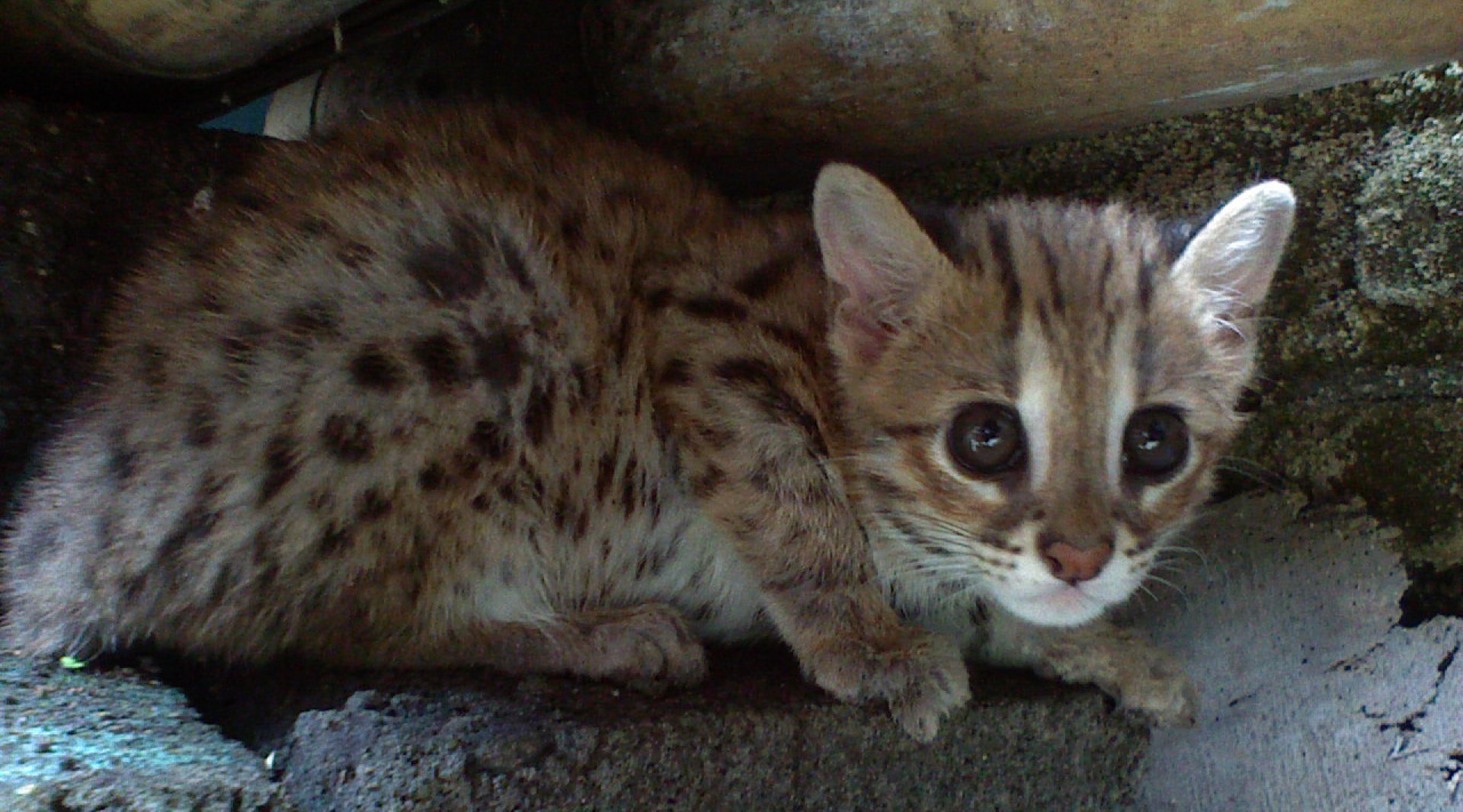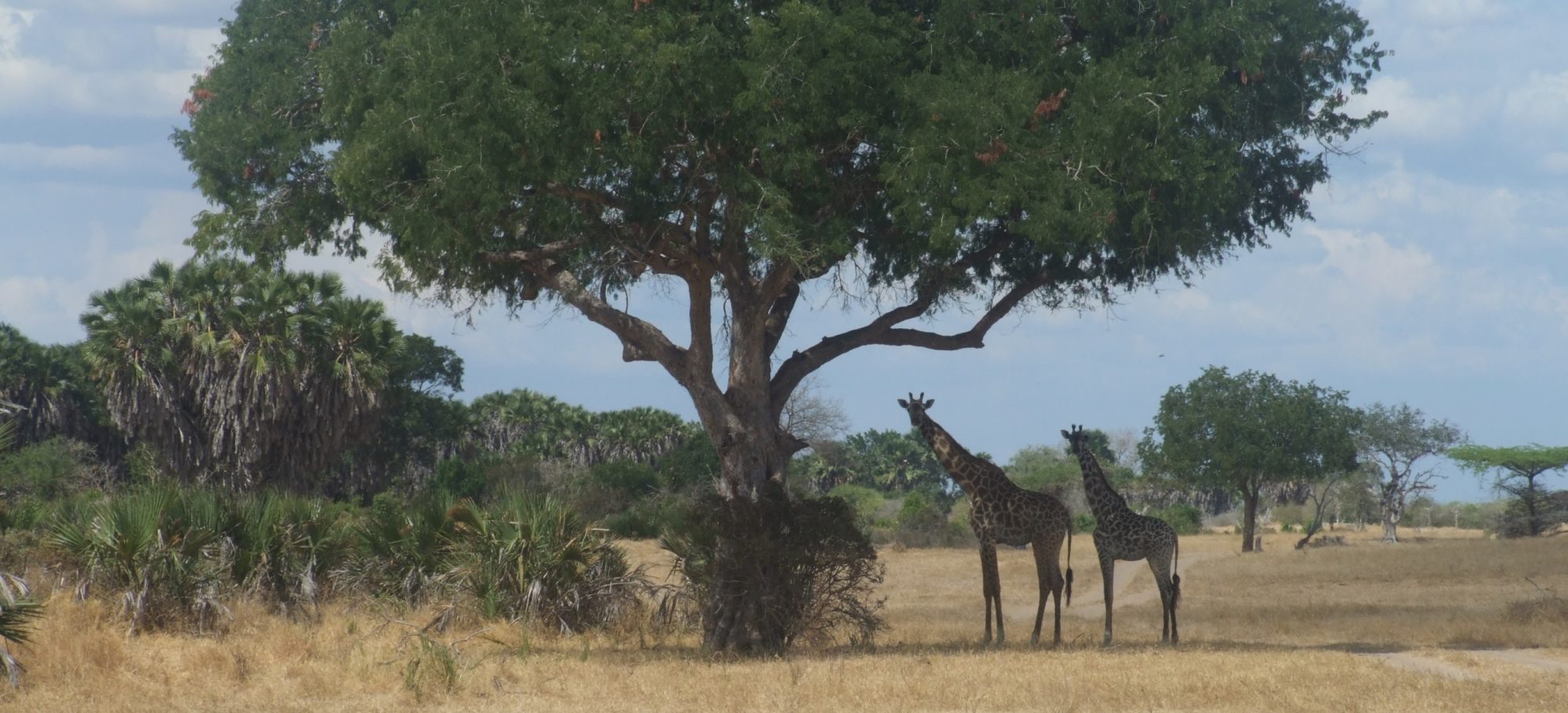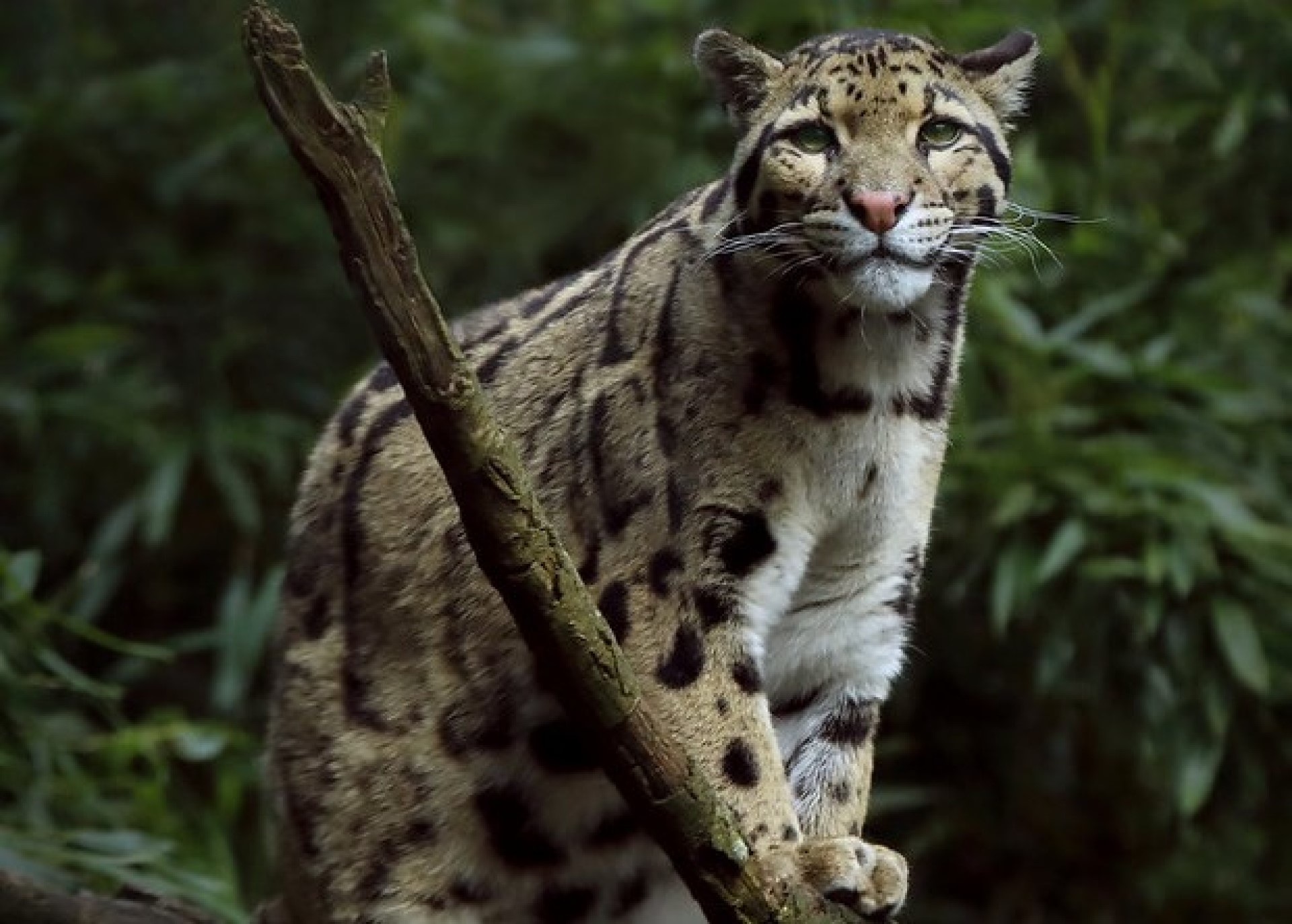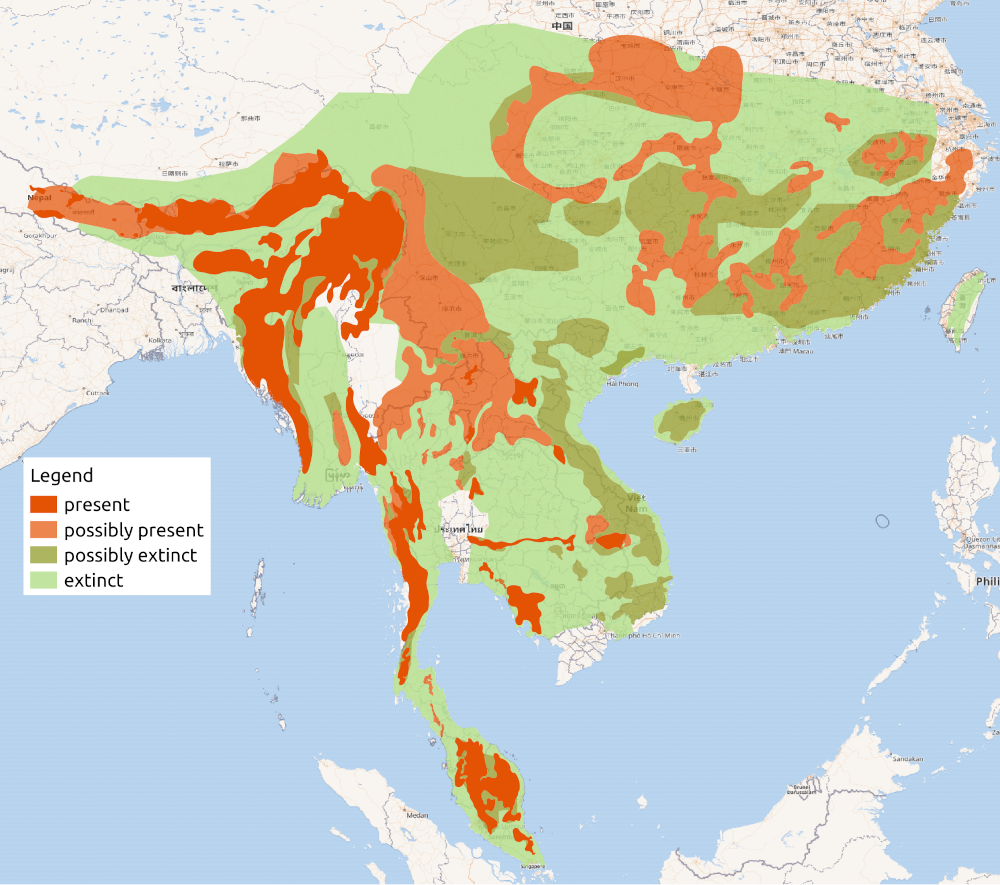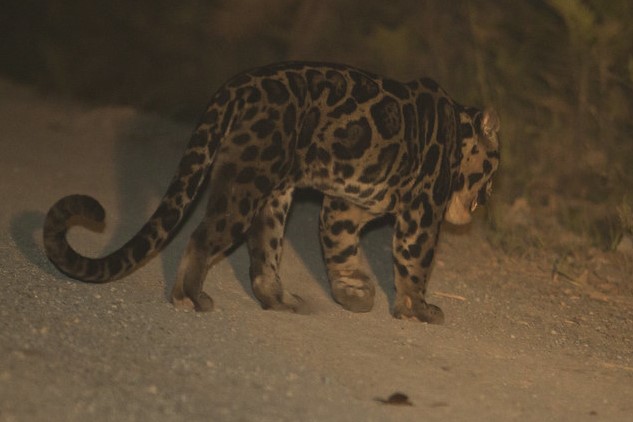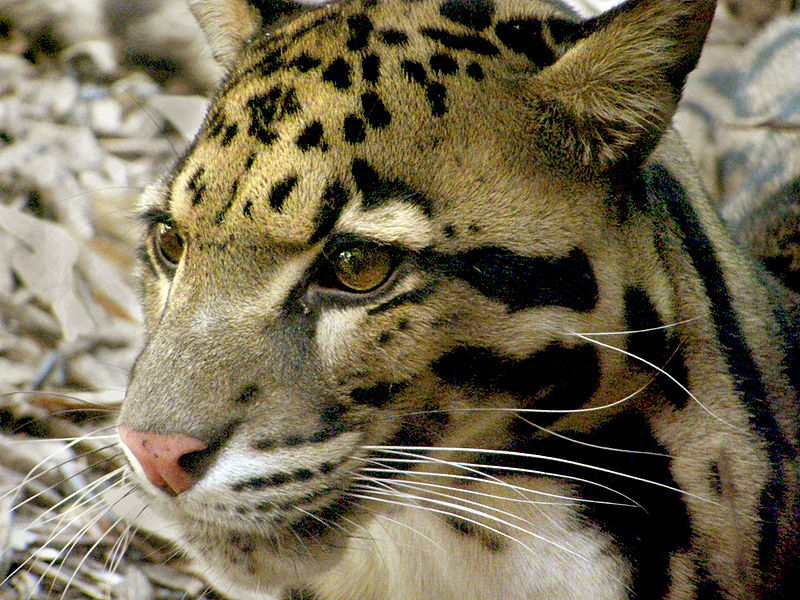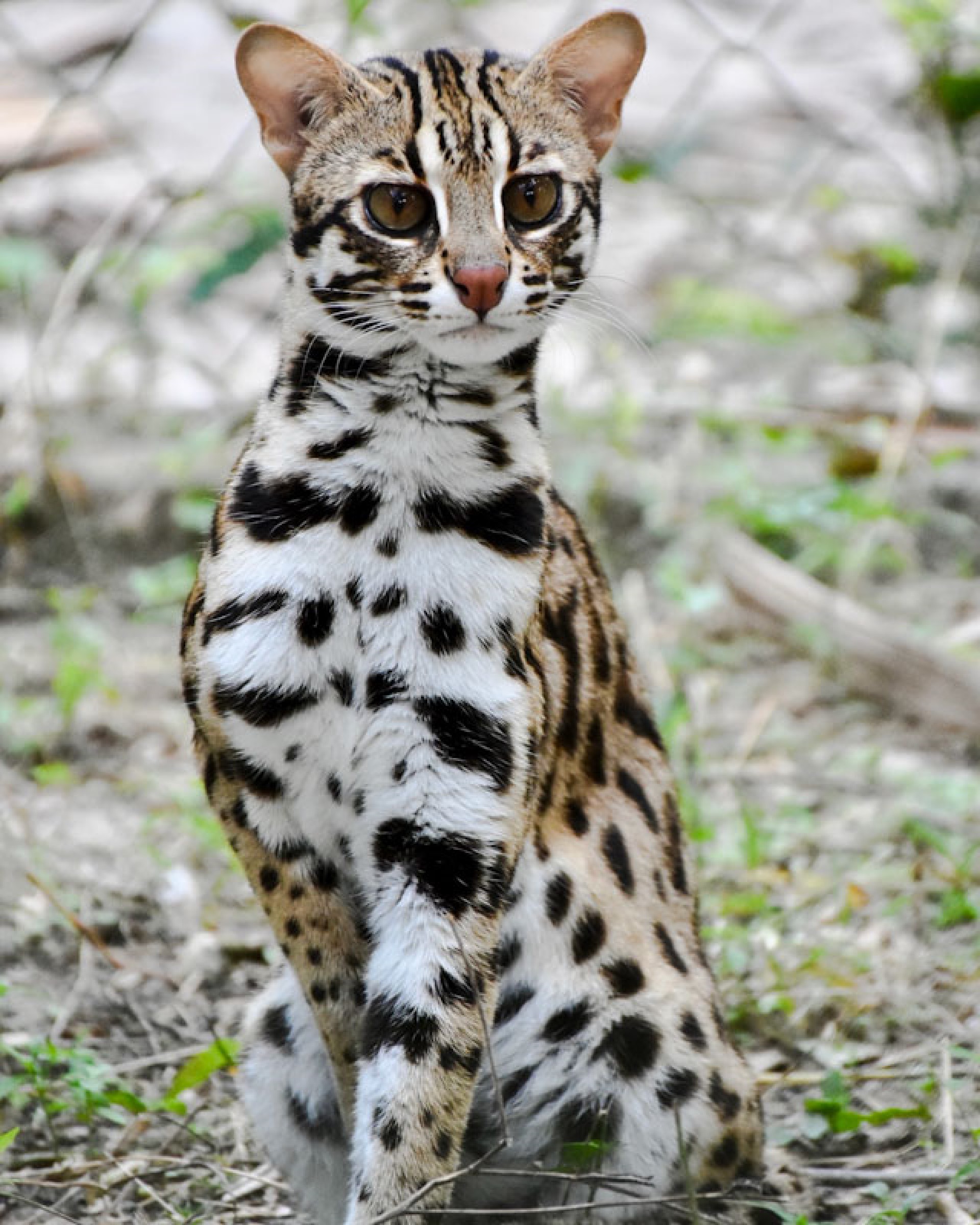
Asian Leopard cat
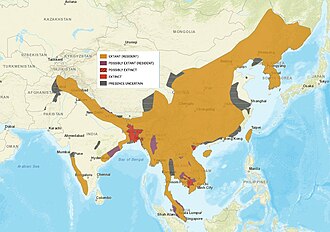
As you can see quite an impressive range. They Asian leopard cat, was once thought to be the same species as the Sunda leopard cat, with the difference only recognized in 2017. It is roughly twice the size of a domestic cat.
There are 2 subspecies currently agreed, one being the mainland and the other being the Island Sunda leopard cat (I have included an image of the Sunda Leopard cat below).
Below that is a list of any article which mentions the leopard cat, as well as a video of this species. Beneath all of this, we will also add any links that we can to help you see this species in the wild. Do get in touch if you work in ecotourism and ever see this species. We would love to help people find you.
The majority of videos are of this species in captivity, as they are hard to see in the wild. Having said this, we are eager to list any people who work in ecotourism in the this animals range and occasionally see it in the course of their work (we are also keen to list people working in this field who see other species, but they will not appear on this species page but others).
